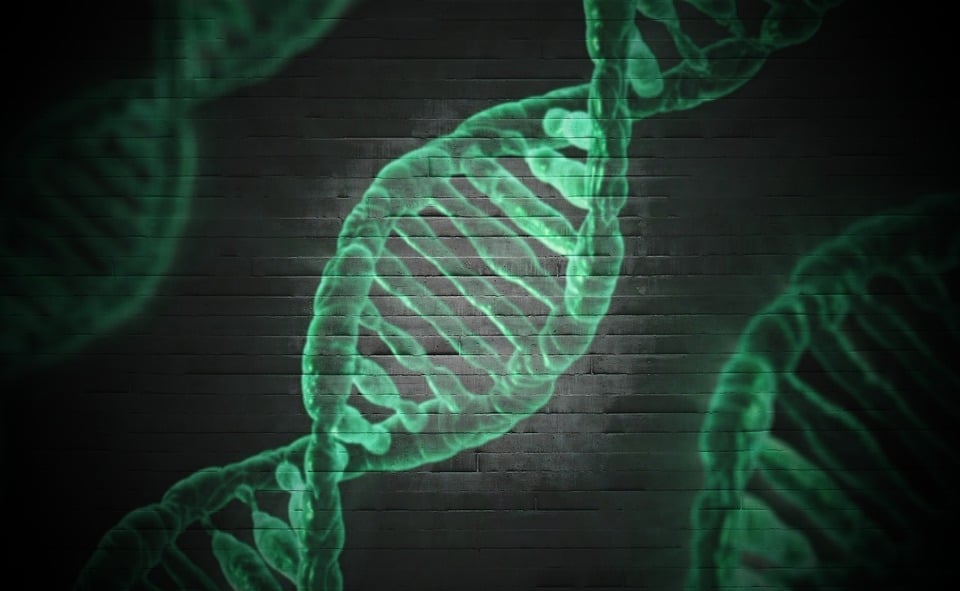
Published in Frontiers in Science, the Earth BioGenome Project (EBP) has unveiled its ambitious plan to sequence the genomes of Earth’s eukaryotes, aiming to create a comprehensive digital library of DNA. This global network of scientists is set to preserve and protect biodiversity, tackle environmental changes, and enhance our understanding of life on Earth.
With a collaborative network of over 2,200 scientists across 88 countries, including robust participation from local and Indigenous research communities in the Global South, the EBP is making groundbreaking discoveries. These efforts could significantly contribute to food security, medical advancements, agricultural improvements, and biodiversity conservation, while also aiding in pandemic prevention.
The Biological ‘Moonshot’
Launched in 2020, the EBP’s global DNA sequencing initiative has rapidly accelerated, now sequencing genomes at ten times the initial rate. This ambitious ‘moonshot’ is supported by innovative strategies such as portable ‘pop-up’ labs, which aim to expand sequencing capacity and foster inclusion in biodiversity-rich, remote regions.
“As biodiversity loss gathers pace, so must our work,” said Prof Harris Lewin of Arizona State University. “Our growing digital ‘genome ark’ is transforming genomics from isolated, expensive efforts to a global, scalable, and inclusive enterprise.”
Strong Roots and Ambitious Goals
By the end of 2024, EBP-affiliated projects had published 1,667 genomes, covering over 500 eukaryotic families. Additionally, researchers deposited 1,798 genomes meeting EBP standards, bringing the total to 3,465. These data have provided insights into the origins and evolution of life, revealing how species like the Svalbard reindeer adapted to Arctic conditions and how chromosomes evolved in butterflies and moths.
As EBP enters its second phase, the project aims to sequence 150,000 species—half of all known genera—within four years. This phase will prioritize species crucial to ecosystem health, food security, pandemic control, conservation, and Indigenous communities.
“It’s a biological moonshot in terms of the scale of ambition. As species vanish and ecosystems degrade, we aim to capture and preserve the biological blueprint of life on Earth for future generations,” said Prof Mark Blaxter of the Wellcome Sanger Institute.
Genome Lab in a Box
To address the challenges of coordinating a global collection of 300,000 species, the EBP proposes using ‘genome lab in a box’ (gBox) technology. These self-contained sequencing labs, housed in shipping containers, will enable local and Indigenous scientists, particularly in the Global South, to generate high-quality genomic data locally.
“Chile is one of the world’s biodiversity hotspots with many endemic species, but these are under threat,” said Prof Juliana Vianna from The Chilean 1000 Genomes Project. “With gBoxes, local teams can generate data in context, immediately connecting it to conservation and sustainable management challenges.”
Dr Andrew J Crawford from Universidad de los Andes in Colombia added, “The gBox would allow any nation to make its own choices, empowering the next generation of researchers in biotech and computational biology.”
Value for Money
Since its inception, the EBP has established international standards, built a network of affiliated projects, and achieved many Phase I targets. The projected cost for Phase II is $1.1 billion, including a $0.5 billion Foundational Impact Fund to support local training and infrastructure in the Global South.
The full cost of sequencing all 1.67 million named eukaryotic species in 10 years is estimated at $4.42 billion—less than the cost of the Human Genome Project or the Webb Telescope in today’s dollars.
The authors argue that this investment is “very reasonable for a global effort with such a lasting impact.”
The Earth BioGenome Project’s ambitious goals represent a significant leap forward in genomic research, with the potential to reshape our understanding of biodiversity and drive efforts to preserve life on Earth for future generations.







